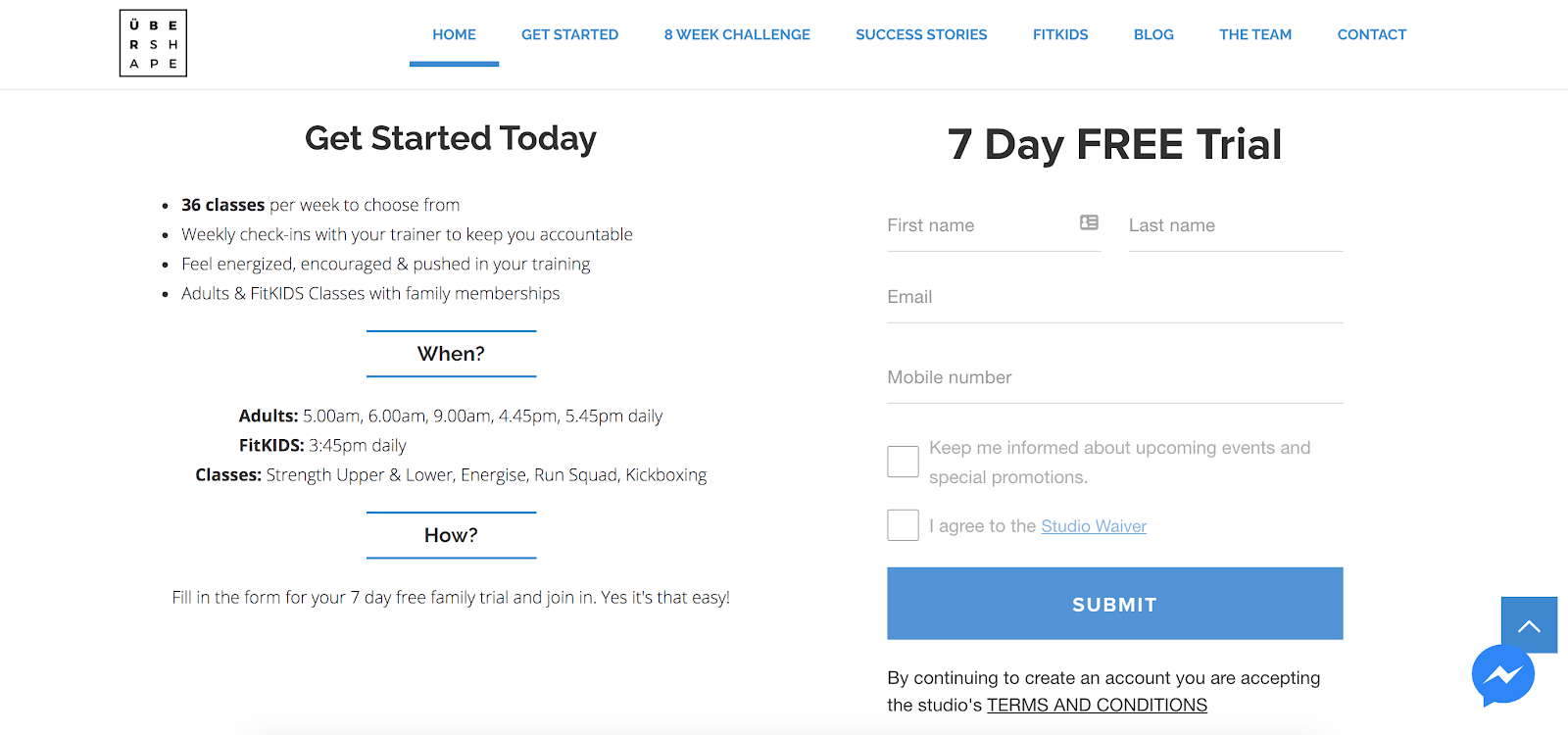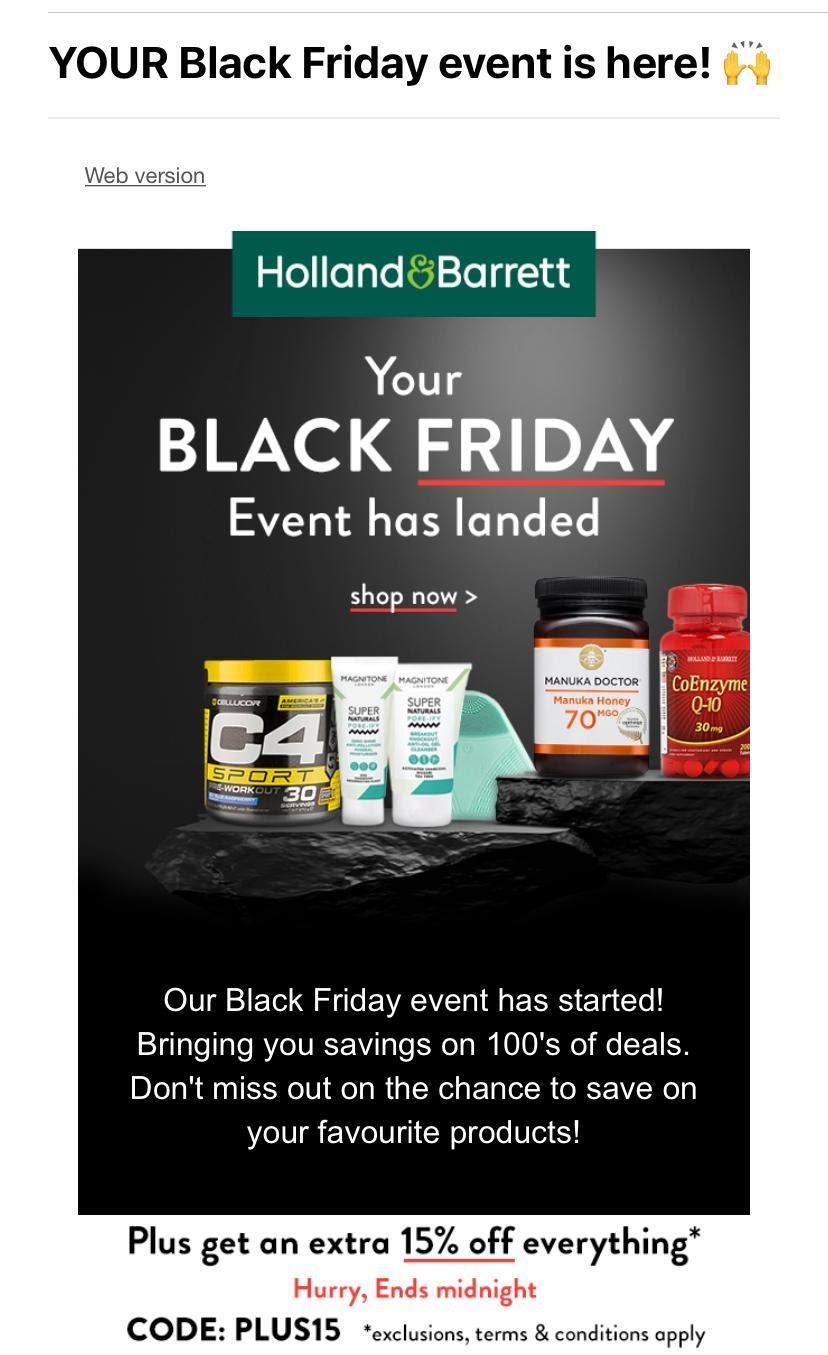Most of the world has been in lockdown at some point or another in the last year; some places are even going through a second phase right now. With many confined to the four walls of their homes during lockdown, it’s no surprise that people have been spending a record amount of time online. Notably, social media has seen a spike in usage throughout this time, with users turning to various platforms to socialize, shop, workout, and more.
But while it’s a given that social media is a powerful marketing tool for any fitness business, email, by comparison, is often overlooked – when it should be a top priority. 78% of marketers have seen an increase in email engagement over the last 12 months, and there’s huge potential for your fitness business.
Why You Need Fitness Email Marketing
As great as social is, in many ways, it’s unreliable. New platforms emerge and entice audiences away; suddenly, you need to establish a presence, create new content, and engage with members in a whole new way. The channels you’re using successfully change their algorithms; success comes to a halt as you experiment with new strategies to get back to the top of your game.
Plus, overall, it’s easy to get lost in the oversaturated #fitness market on social media.
Email, on the other hand, is reliable. Think about it like this; people might take a break from social media. Some delete their accounts altogether. The same can’t be said for email because people actually need it. Paying bills, managing bank accounts, work, online shopping – it’s an integral part of our lives.
And according to a 2019 report by email marketing platform Litmus, email generates $42 for every $1 spent. That’s an incredible 4,200% ROI, making it one of the most effective marketing channels available for generating revenue.
So what exactly is email marketing, and how can you implement an effective fitness email marketing strategy for your gym or studio?
- What is Email Marketing
- The Foundations of an Effective Fitness Email Marketing Strategy
- Crafting a Winning Subject Line
- Email Template Structure
What is Email Marketing
Email marketing is a highly effective direct and digital marketing strategy that uses email to promote your business’s services. When used well, it can play a pivotal role with lead generation, building relationships, promoting brand awareness, and keeping members engaged.
So whether you want to promote new offers to existing customers, get more leads, or turn prospects into members, fitness email marketing can tick every box and drive growth for any gym owner.
In the next section, we’ll discuss the key components of an effective email marketing strategy and how to apply it to your fitness business.
The Foundations of an Effective Fitness Email Marketing Strategy
You’ll have various member personas, subscribers, and customer segments, depending on the nature of your business. As with any marketing strategy, the more specific you are, the more effective your message will be.
For the purpose of this article, we’ll advise on strategies for targeting the 3 member segments every fitness business has: leads, prospects, and current members.
You can tailor and personalize the strategies to suit your business and personas.
1. Knowing Your Target Audience
It may sound obvious, but knowing the target audience is where any good email campaigns start. You need to know 3 crucial things to appeal to your 3 different customer groups:
- Who your existing members are: for personalizing your message and creating packages that sell.
- Where your prospects are in their customer journey: so your emails are relevant to where they are and they’re more likely to convert.
- Where you want to drive leads from: so you can tailor strategies for capturing email addresses, something we’ll cover in the next point.
2. Capturing Leads
The term “lead capture” is pretty self-explanatory: you want to capture the contact details of someone who’s shown signs that they’re interested in your gym or studio.
Whether they’re browsing your website or engaging with your posts on social media, this person wants to join a gym, and right now, they’re looking at you.
Let’s take a look at two easy ways to capture leads through those mediums; your website and on social media:
Website
Having a lead capture integration on your website is one of the best things you can do because you’re catching those people who are ready to “buy now.”

Uber Shape Australia is a great example of an effective lead capture integration in action. When we recently spoke with Director and Founder Coby van den Ende, he told us that the integration had been a gamechanger for the business; they converted 90% more leads than using a standard contact form. Currently, every new lead books straight into their first class as part of a 7-day trial through the lead capture integration.
Combine your lead integration with an offer that gets people in right away, and you create a fast and efficient journey to help turn leads into members.
Social Media
There’s huge potential for organic lead generation on social media; you just need to get creative with incentivizing your audience. Think along the lines of creating gated content, like a free 7-day meal plan. All someone needs to do to access it is enter their name and email address.
Giveaways are another great way to generate leads and build brand awareness. Create a landing page, and again, to be in with a chance to win, people just need to enter their name and email address.
Organic lead generation aside, the most obvious way to use social to capture leads is with ads. To create lead ads on both Facebook and Instagram, you’ll need to make sure you have business accounts set up on both platforms so you can create ads in Facebook’s Ads Manager. There’s much more to making the most out of paid ads on social, so we’ve covered it in detail in a few different articles:
Once you establish a few solid processes for capturing leads, it’s on to the next step.
3. Segmenting Your Email List
To deliver effective email marketing campaigns, you need to know who will be reading your email. Segmenting your email list into specific groups means you can target people based on where they are in their customer journey. You don’t want to send out the same blanket email to every address you have.
For example, you’ll want to prompt new prospects who’ve been to a free class into signing up for a membership. But you’ll also have prospects who’ve ignored your initial emails and not taken up the offer of a free class. These two types of prospects are at different stages in the member journey, and your messaging needs to reflect it.
Segmenting your database is also essential for personalizing your messaging, as you’ll be able to tailor offers and content relevant to the groups. As a general rule, it’s important that your emails are varied. As Dr. Paul Bedford points out in this episode of The Fitness Founders Podcast, it can be off-putting if every time a member hears from you, it’s an offer or an upsell.
“What I see a lot is business sending out only sales messages. Customers disengage with that really quickly. You have to use the strategy of content marketing in terms of sharing with them useful content.”
A great fitness email marketing strategy is one that goes above and beyond in terms of value – it’s a great opportunity to promote how your business goes the extra mile for members. Perhaps it’s a weekly recipe newsletter or championing a ‘member of the week.’ These are the kind of emails that build a rapport with readers.
Now you know the strategy that you need to build and maintain an audience for your email marketing, let’s look at the crux of the email itself.
Crafting a Winning Subject Line
Your subject line is the hook of your email: People get hundreds of messages in their inbox every day, so if your subject line isn’t engaging, your carefully crafted email will go straight to the trash.
The Top 10 Barriers
Slowing Your Fitness
Business Growth
Discover more Let’s take a look at the best practice for creating a winning subject line.
Test What Drives the Best Results
It’s good practice to experiment and A/B test your subject lines to learn what works best. For this, you’ll choose one of your audience segments and split them in half. Try testing one subject line that’s very specific about what they can expect if they open the email and one that’s a little vaguer:
Example A: “First-timers save $5 on HIIT this Thursday.”
Example B: “A first-class offer, just for you.”
These are very simple examples, but they test whether an explicit offer or personalization and curiosity will get you the clicks. There’s only one way to find out!
Be Specific
Generic subject lines end up straight in the trash. This is even more likely if you’re generic with existing members or prospects that have already made a connection with your business. When you have a relationship with the reader, you need to make an effort to personalize as much as you can to get their attention.
Getting someone to open your email is the first part of the challenge. Next, you need a great structure that drives results.
Email Template Structure
If you’ve read this far, you know that fitness email marketing is effective, reliable, and worth investing in. But firing out a generic email is one thing; sending a carefully scripted message that inspires people to click, open, and take action is a whole different ball game.
Graphics, gifs, and videos can make for a more engaging email experience. It also makes promoting various offers easy for readers to view. You can do this easily with email marketing platforms such as Mailchimp and Klaviyo, which will also enable you to include automations, like someone’s first name, in both the subject and body of your email.
Every email template you create should be split into 3 key sections: your opener, the email body, and the CTA.
Your Opener
Short and straight to the point, not too salesy. You want to add value where you can; you’re here to provide something that benefits the reader. In this example, we’ll assume the email is going out to an existing member segment. We’ll be promoting a new member-only event to deliver value.
Subject line: Lockdown blues? We’ve got you covered. Feel good Friday is HERE.
Opener:
Hey [FIRSTNAME]
We all know that staying active is important for our wellbeing. The more you move, the better you feel for it! But while we love sweating it out with you guys in class, mental and physical health is about more than exercise.
[image promoting the ‘feel-good Friday’ event]
_ _ _ _
The Email Body
The body of the email is where you lay out the value of your offer. Keep in mind that you’ll create many different templates for different purposes, but you still need to leave room for personalizing the content where you can. We’ll carry on from the example we started above.
Body:
That’s why we’re bringing you more! We’re so excited to introduce Feel good Friday – our free weekly member-exclusive event. Expect expert-led seminars covering all things wellness, fantastic giveaways, and plenty of laughs.
_ _ _ _
Promotional emails will likely look a little different from the rest of your templates. Take a look at the example below, and you can see that the text is minimal. There’s not much of a conversational element to the message because the one clear objective is to drive sales:

Call to Action
A winning subject line gets your email opened, the body of the email offers value and builds rapport, but no email is complete without a clear CTA.
Depending on the nature of your email, you may want to include multiple CTAs. In the promotional example above, each image uses a button underneath to drive the reader to a specific product group.
You need to know exactly what you want your prospect to do when crafting your email to drive them to the CTA. In the example we’ve been illustrating, our subject line is relevant and relatable. We’re providing value to existing members by inviting them to join us for an exclusive free event. And finally, the email is personable; our copy shows that we’re excited for readers to find out more.
The email is short and sweet, but everything we’ve included naturally piques interest and engages the reader. In this example, we want our CTA to drive people to book a spot for the event.
CTA: There’s a limited number of places, so click the button below to find out more and secure your spot!
_ _ _ _
Like the email, our CTA is short and sweet. But we’ve intentionally created a sense of urgency by pointing out that places are limited.
In Summary
Finding the winning email marketing strategy that works for your fitness business requires trial and error. But let’s refer back to the powerful stat we used at the beginning of this article: email generates $42 for every $1 spent.
Fitness email marketing delivers tangible, measurable results that can drive growth for your business. And creating the right strategy is certainly worth the time and effort.














